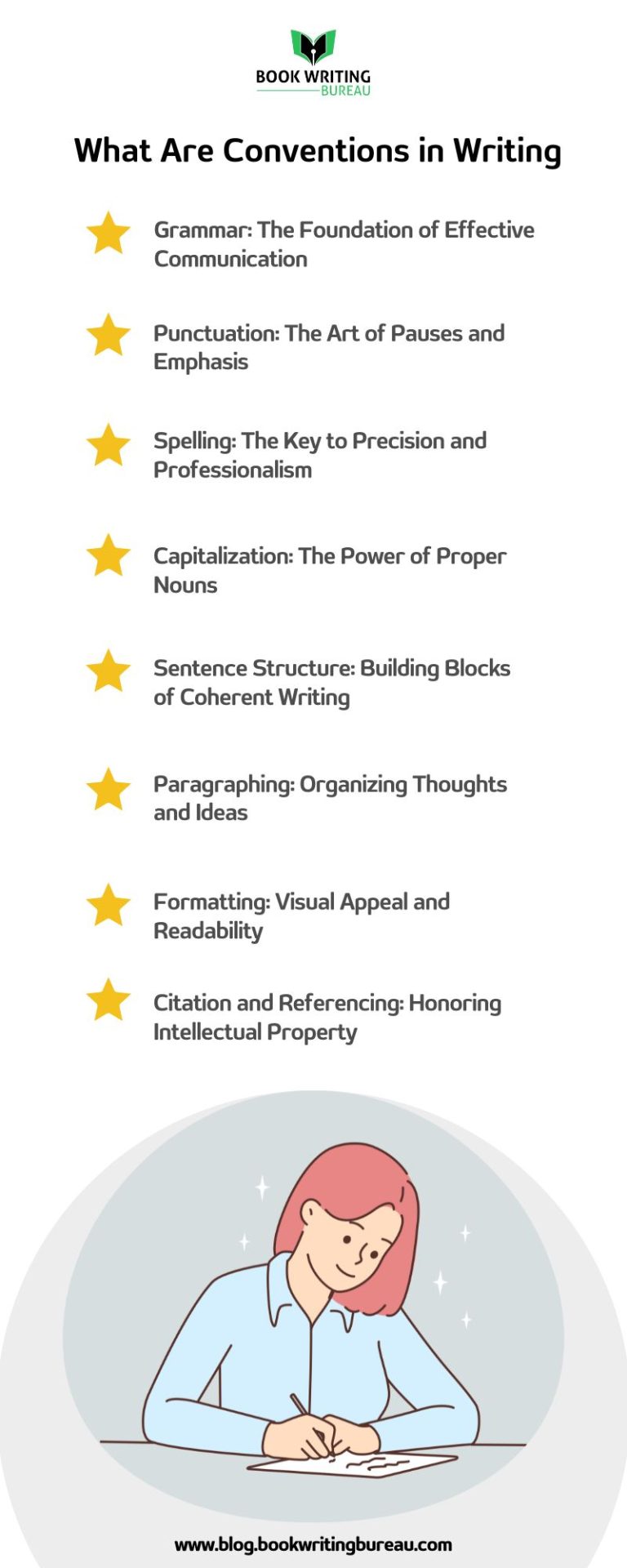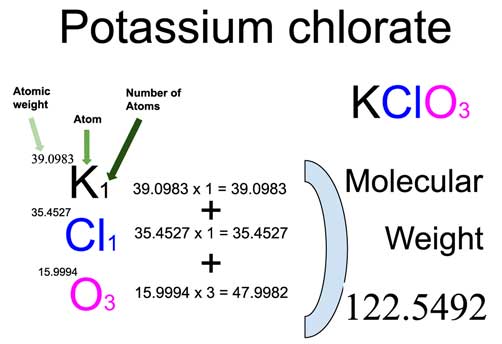Essential Writing Conventions Every Writer Should Know

Writing is an art, but it’s also governed by conventions that ensure clarity, coherence, and professionalism. Whether you’re crafting a novel, a blog post, or a business report, understanding essential writing conventions is crucial. These rules not only improve readability but also help you connect with your audience effectively. Below, we explore the key writing conventions every writer should know, tailored for both informational and commercial audiences.
1. Grammar and Syntax: The Foundation of Clear Writing

Grammar and syntax are the backbone of any written piece. Proper grammar ensures your message is conveyed accurately, while correct syntax makes your sentences flow smoothly.
- Informational Copy: Master grammar rules like subject-verb agreement, punctuation, and sentence structure to enhance credibility.
- Commercial Copy: Use concise syntax to create compelling calls-to-action (CTAs) that drive conversions.
📝 Note: Tools like Grammarly can help you catch grammar errors, but understanding the rules yourself is essential for long-term improvement.
2. Active vs. Passive Voice: Engaging Your Readers

Active voice is direct and engaging, making it ideal for most writing. Passive voice, while useful in specific contexts, can make your writing feel distant.
- Informational Copy: Use active voice to keep readers engaged and make complex topics easier to understand.
- Commercial Copy: Active voice adds urgency to your messaging, encouraging immediate action.
3. Consistency in Style and Tone

Consistency in style and tone builds trust with your audience. Whether formal, informal, or conversational, maintain a uniform voice throughout your piece.
- Informational Copy: A consistent tone helps establish authority and keeps readers focused on the content.
- Commercial Copy: A unified tone reinforces brand identity and makes your message more memorable.
4. Proper Formatting: Enhancing Readability

Formatting includes everything from paragraph length to font choice. Well-formatted content is easier to read and more likely to retain audience attention.
- Informational Copy: Use short paragraphs, subheadings, and bullet points to break up text and improve scannability.
- Commercial Copy: Highlight key benefits and CTAs with bold text or color contrasts to guide reader action.
| Formatting Element | Purpose |
|---|---|
| Short Paragraphs | Prevents reader fatigue |
| Subheadings | Organizes content logically |
| Bullet Points | Simplifies complex information |

5. Citation and Plagiarism: Ethical Writing Practices

Proper citation ensures originality and gives credit to sources. Plagiarism, even unintentional, can damage your reputation.
- Informational Copy: Use MLA, APA, or Chicago styles to cite sources accurately.
- Commercial Copy: Ensure all claims are backed by credible sources to build trust with your audience.
⚠️ Note: Always double-check your citations to avoid plagiarism and maintain ethical standards.
6. Clarity and Conciseness: Say More with Less
Clear and concise writing respects your reader’s time and ensures your message is understood. Avoid jargon and overly complex sentences.
- Informational Copy: Simplify technical terms with explanations or examples.
- Commercial Copy: Focus on benefits rather than features to keep your message concise and impactful.
7. Proofreading: The Final Polish
Proofreading is the last step to ensure your writing is error-free and polished. It’s essential for both informational and commercial content.
- Informational Copy: Errors can undermine your credibility, so proofread thoroughly.
- Commercial Copy: Mistakes can deter potential customers, so accuracy is key.
✨ Note: Take a break before proofreading to approach your work with fresh eyes.
Key Takeaways Checklist
- Grammar and Syntax: Ensure accuracy for clarity.
- Active Voice: Use it to engage readers.
- Consistent Tone: Maintain uniformity throughout.
- Proper Formatting: Enhance readability with structure.
- Citations: Avoid plagiarism and give credit.
- Clarity and Conciseness: Simplify your message.
- Proofreading: Polish your work for professionalism.
Mastering these writing conventions will elevate your content, whether you’re educating readers or driving sales. By focusing on clarity, consistency, and ethical practices, you’ll create writing that resonates with your audience and achieves your goals.
What is the difference between active and passive voice?
+Active voice emphasizes the subject performing the action (e.g., "The cat chased the mouse"). Passive voice emphasizes the action or the object (e.g., "The mouse was chased by the cat").
Why is consistency in tone important?
+Consistency in tone builds trust and helps readers connect with your message. It ensures your writing feels cohesive and professional.
How can I improve my proofreading skills?
+Read your work aloud, take breaks between writing and proofreading, and use tools like Grammarly or Hemingway Editor for assistance.
writing tips,grammar rules,active voice,content formatting,plagiarism prevention,proofreading techniques,writing conventions,SEO writing,commercial copywriting,informational content.



